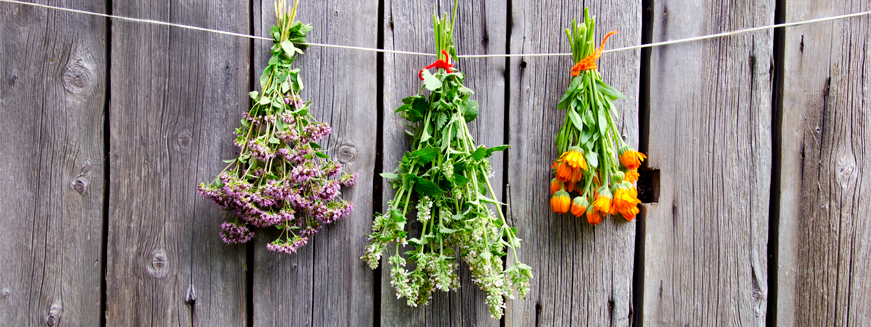The Fresh Blog
Lifestyle, Health, Nutrition & Inspiration from Luvo
Stop and Eat the Flowers
Eating flowers has a long history, though not in my house. In many cuisines they are still quite popular, including Middle Eastern, European and Asian, and becoming trendy in others. I have always wondered about what it would be like to dine on bright, delicate petals scattered across a salad. Turns out there are many varieties of flower that can be eaten, in all colours and a range of flavors. But which ones?
We should say right off the bat that you can’t eat just any old flower you pass by on the street. Toxic flowers can easily be mistaken for edible ones, and you can’t predict how they’re going to taste just from the color. So if you’re going to dive into flower-chomping, you should do some thorough research first.
I know what you’re thinking: I’ve never eaten flowers and I never will. You should know that some of the vegetables we eat are part of the flower category. Saffron is the pollen taken from a crocus flower. Broccoli and cauliflower are technically flowers, just ones that never opened. Getting started eating flowers is easy if you have an herb garden, as many of the most common herbs produce blossoms you can munch on. Here are a few edible flowers you may want to consider.
Chamomile
Chamomile is well known in its dried form as a tea. The flowers, which look like daisies, have long been eaten and infused for many medicinal purposes, from treating hay fever to inflammation.
Marigold
Yes, it’s true. You can eat marigolds—but only the petals. They come in a range of flavors, from spicy to tangy, and it’s said they resemble the much more expensive saffron.
Basil
Herb gardeners know to trim the blossoms off basil plants to encourage production, but what do you do with the flowers? You eat them. They come in a range of colors, white to purple, and have a flavor similar to basil leaves. If you’ve got a lot, try making this basil flower vinegar.
Sunflower
Sunflowers grow super tall, which already makes them cool in my books. And you can eat them too. The petals are slightly bitter. Try steaming the bud like an artichoke.
Chives
This is a common one. Chives are part of the allium family, which also includes garlic and leeks, and they produce fragrant and tasty edible flowers of bright pinkish bulbs. A great garnish for soups or salads.
Carnation
The petals from carnations are edible, with a sweet flavor once trimmed away from the base of the flower. They can be added to jellies and herb butters. And the flowers look nice too.
Rosemary
One of my favorites. The flowers have a flavor similar to the herb, and can be used as a complement wherever rosemary is recommended.
Have you eaten any of these flowers? Or any others? Let us know in the comments and on Twitter at @luvoinc.


